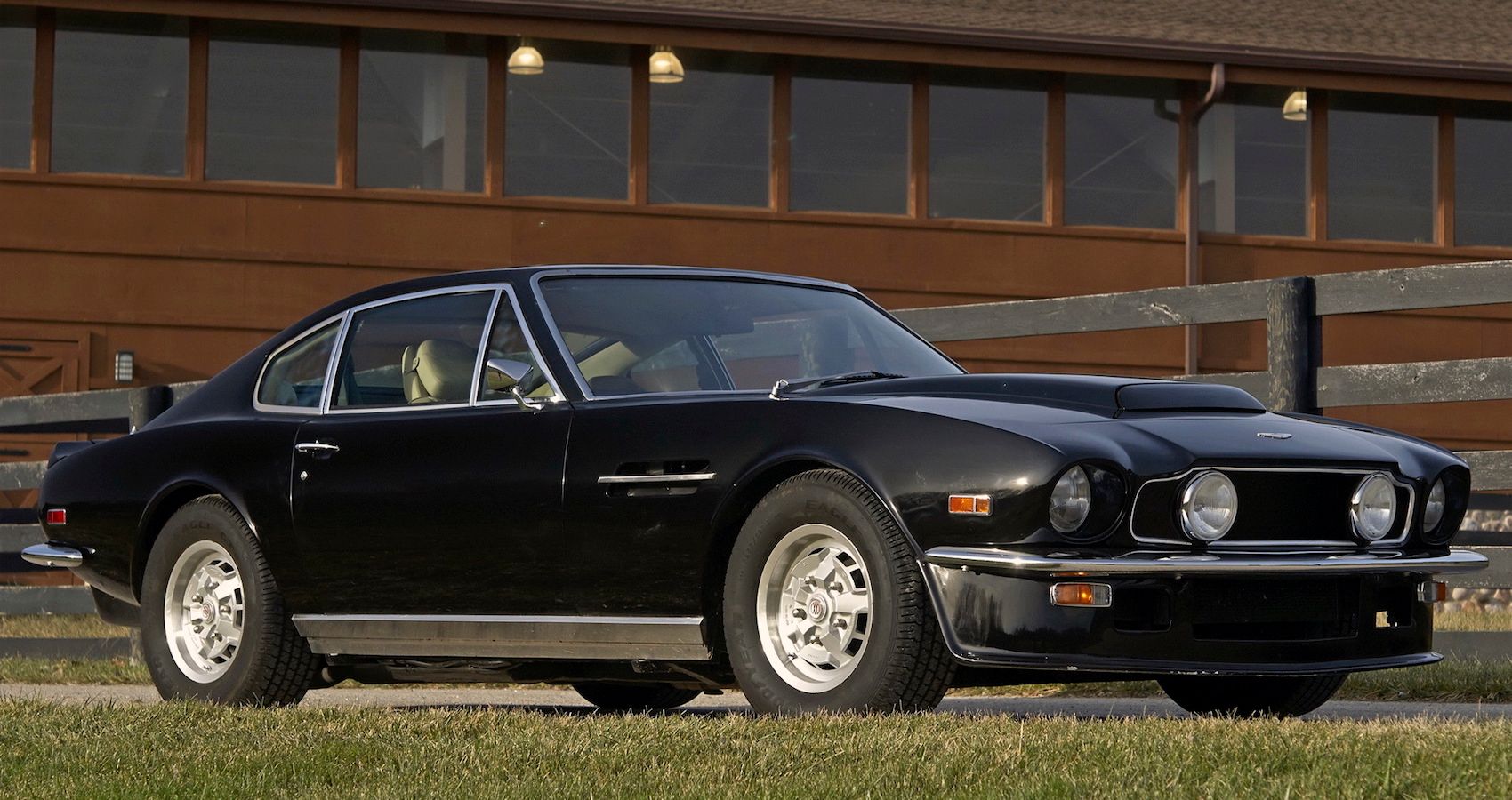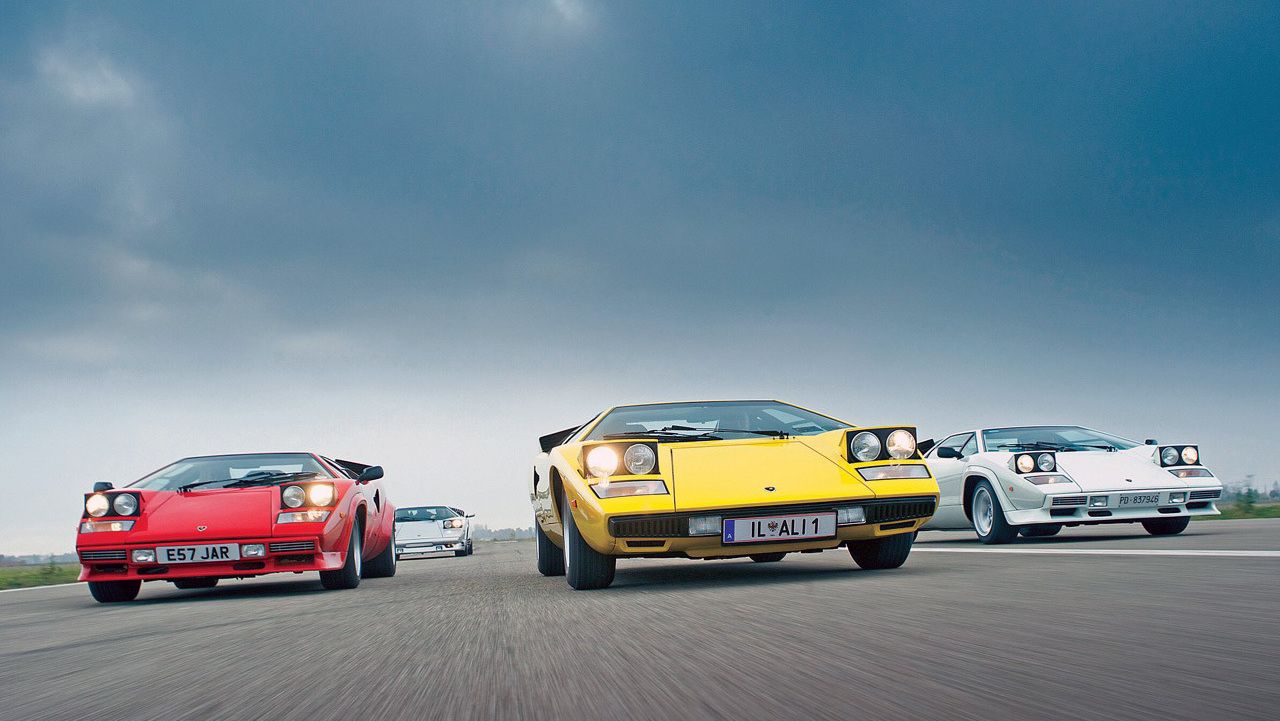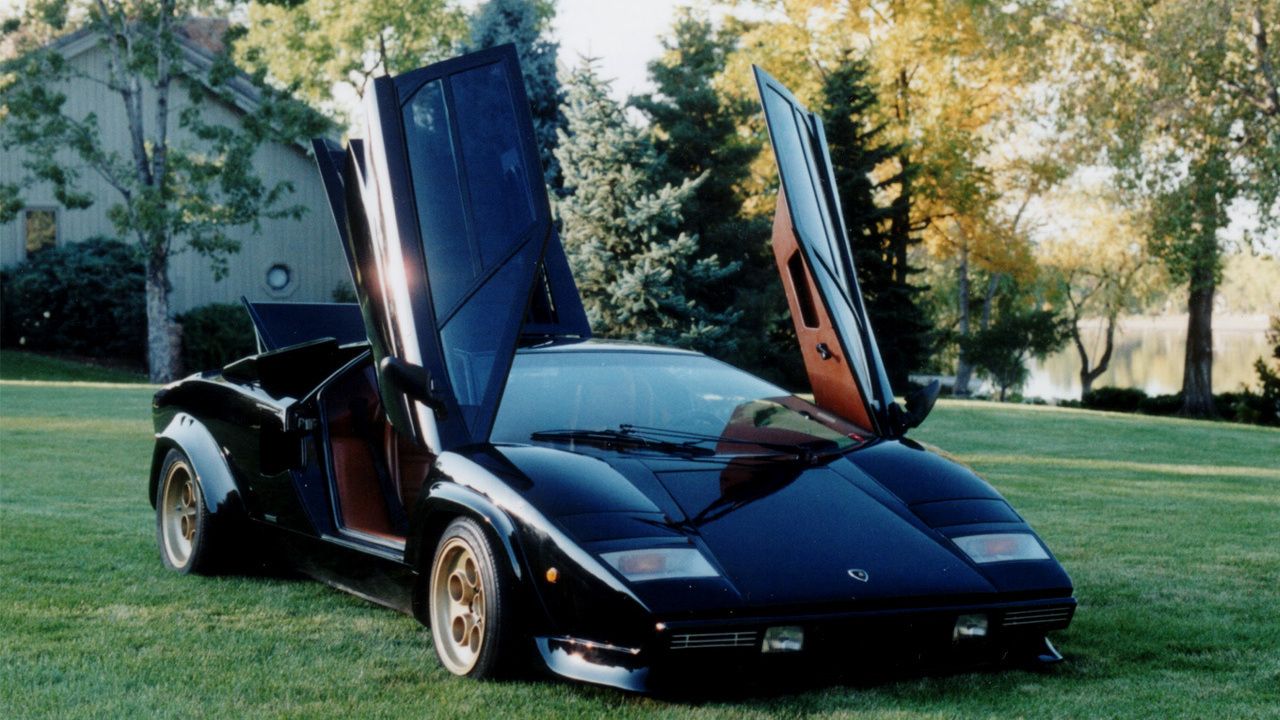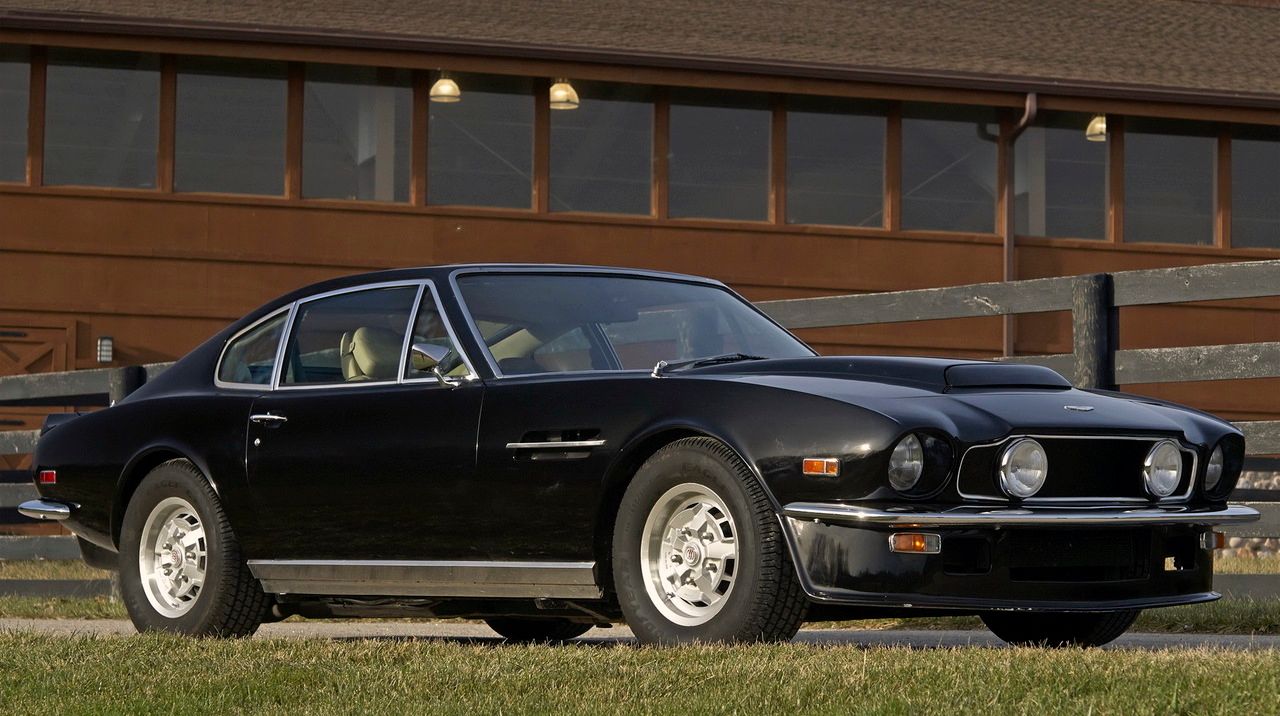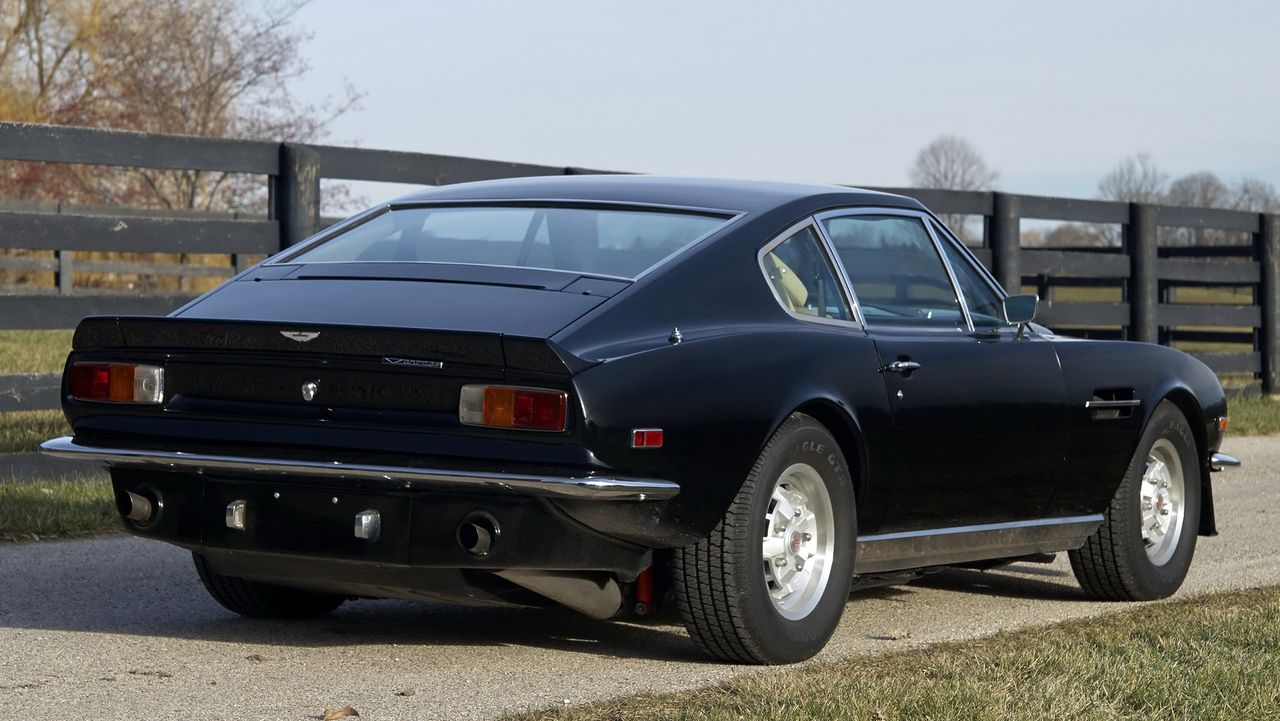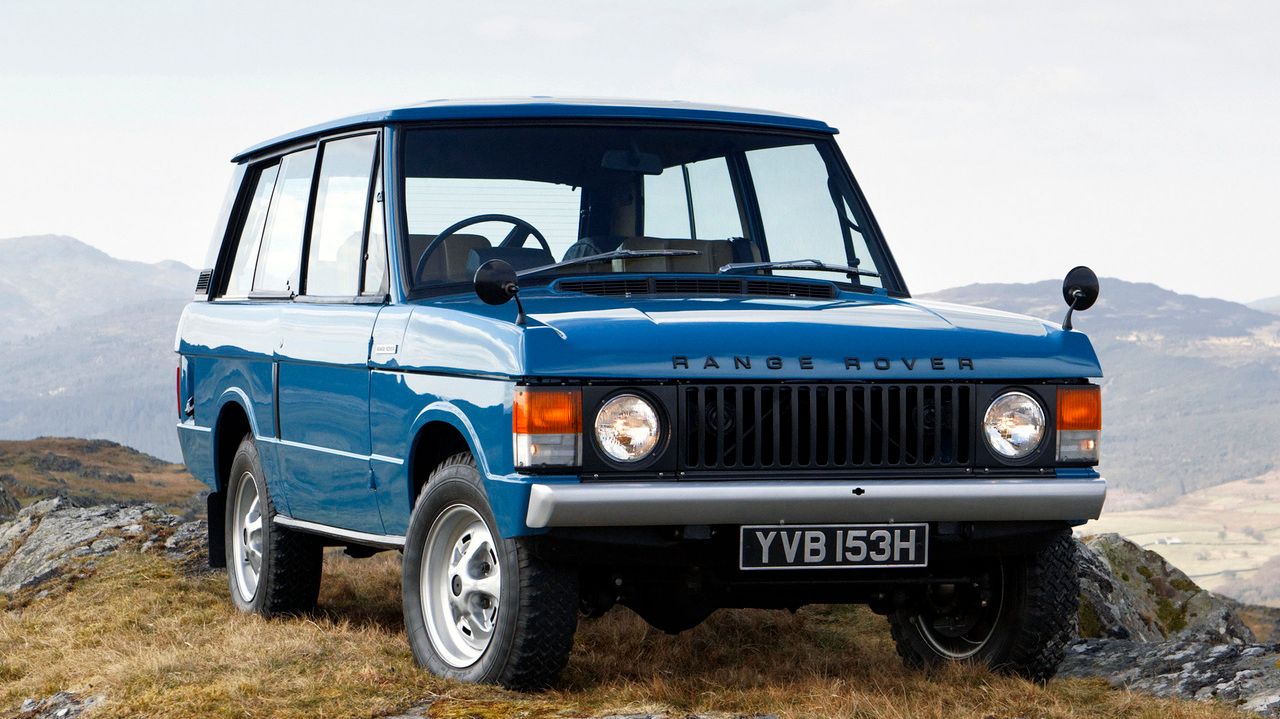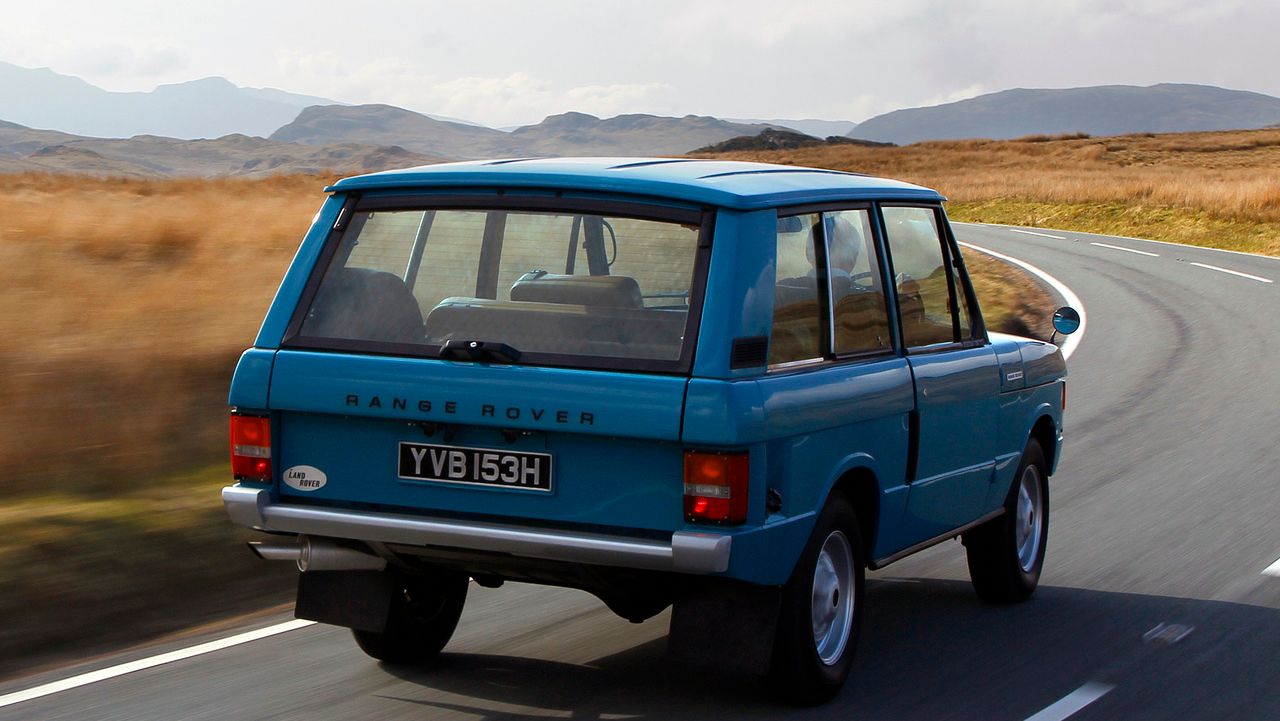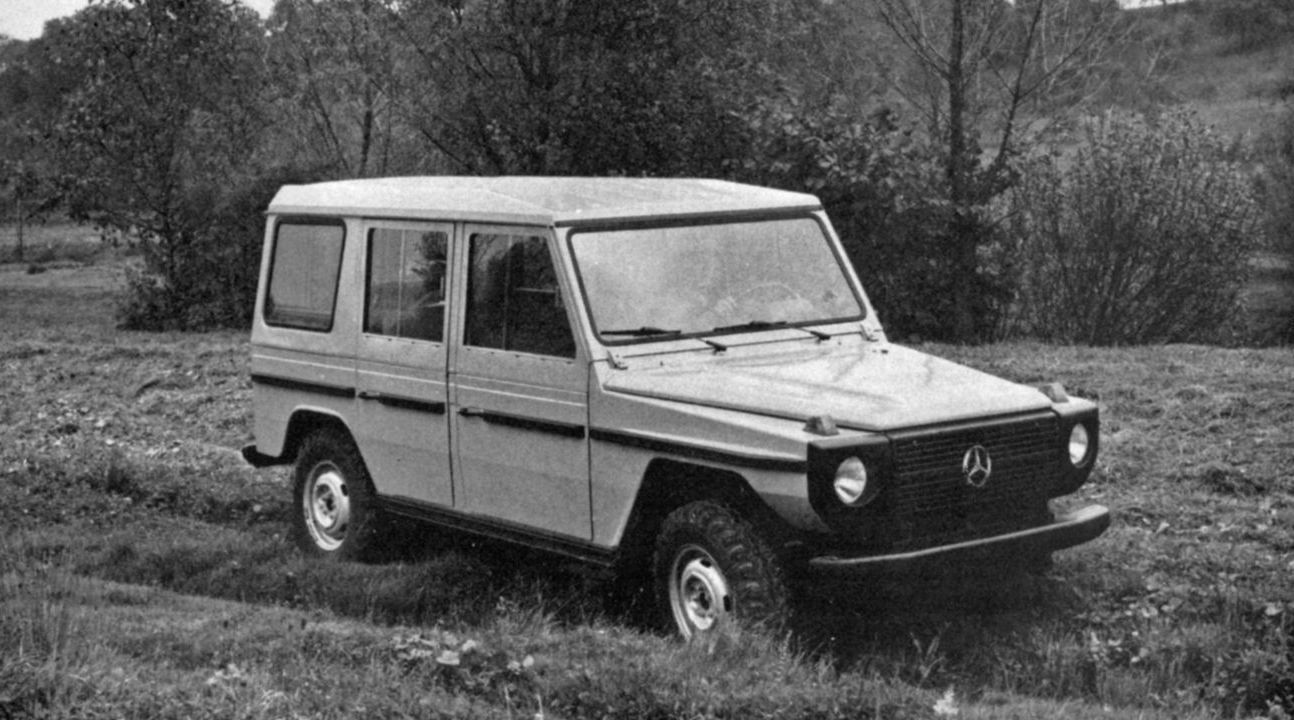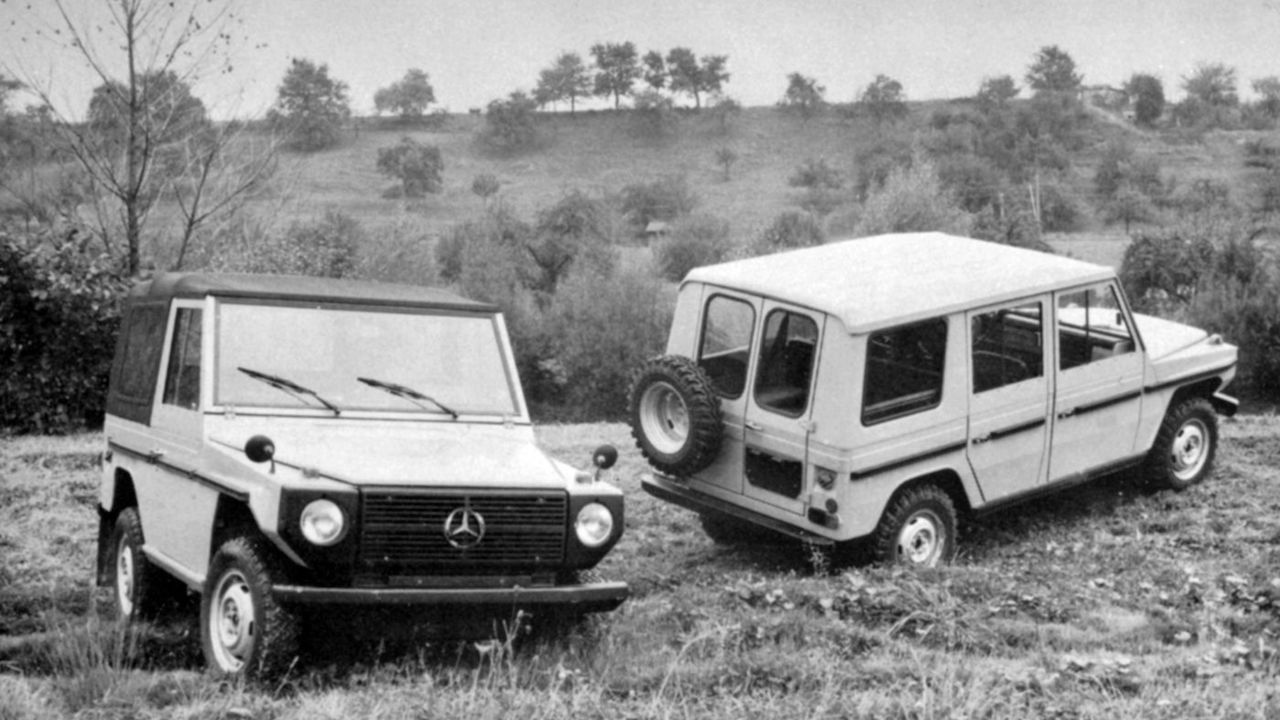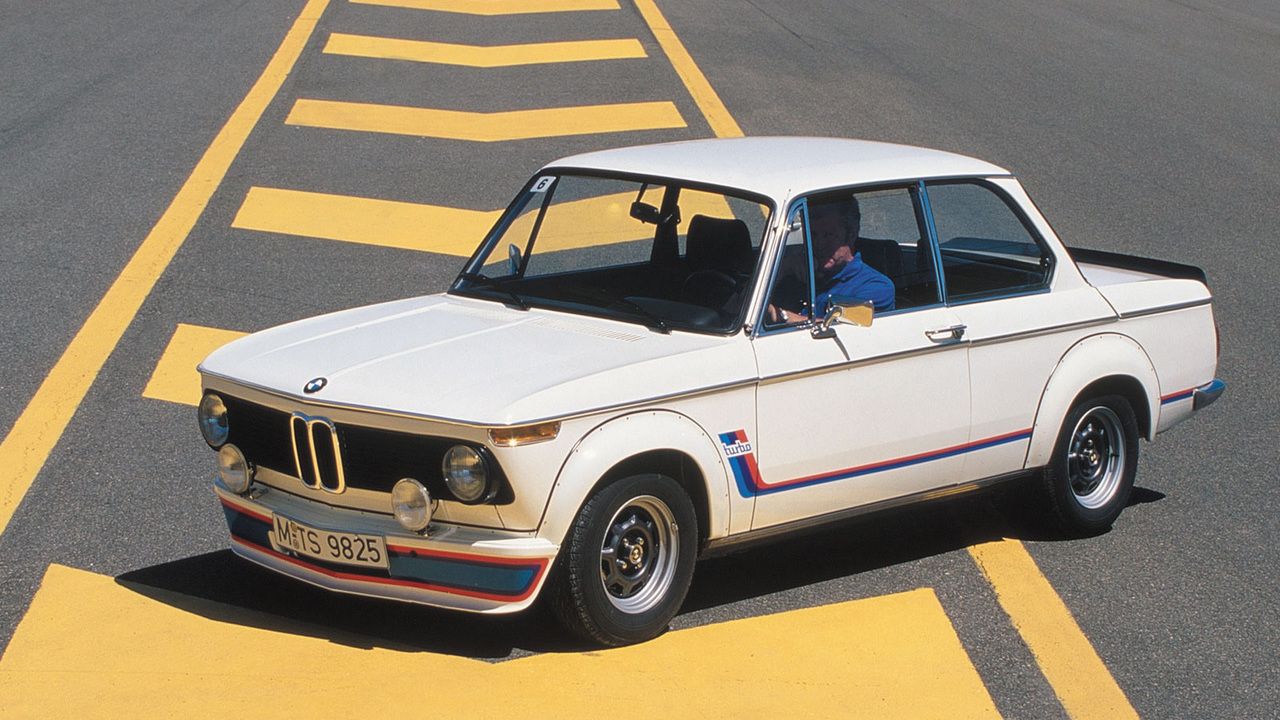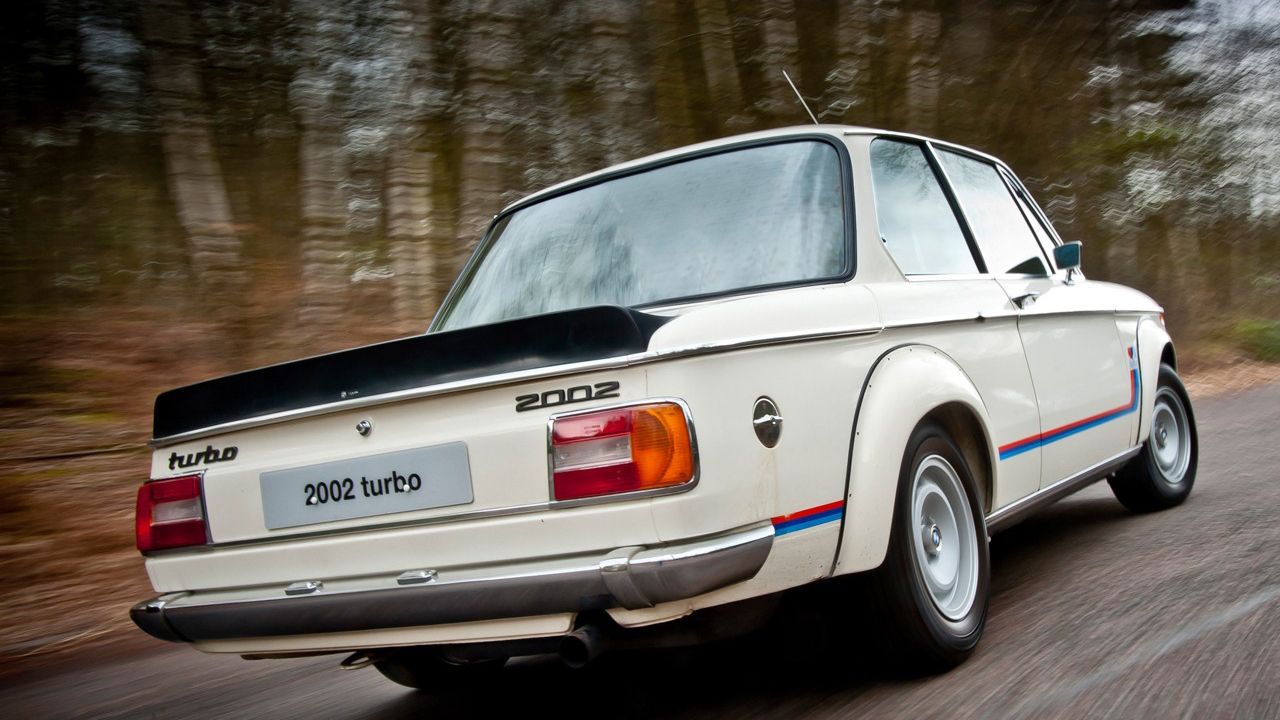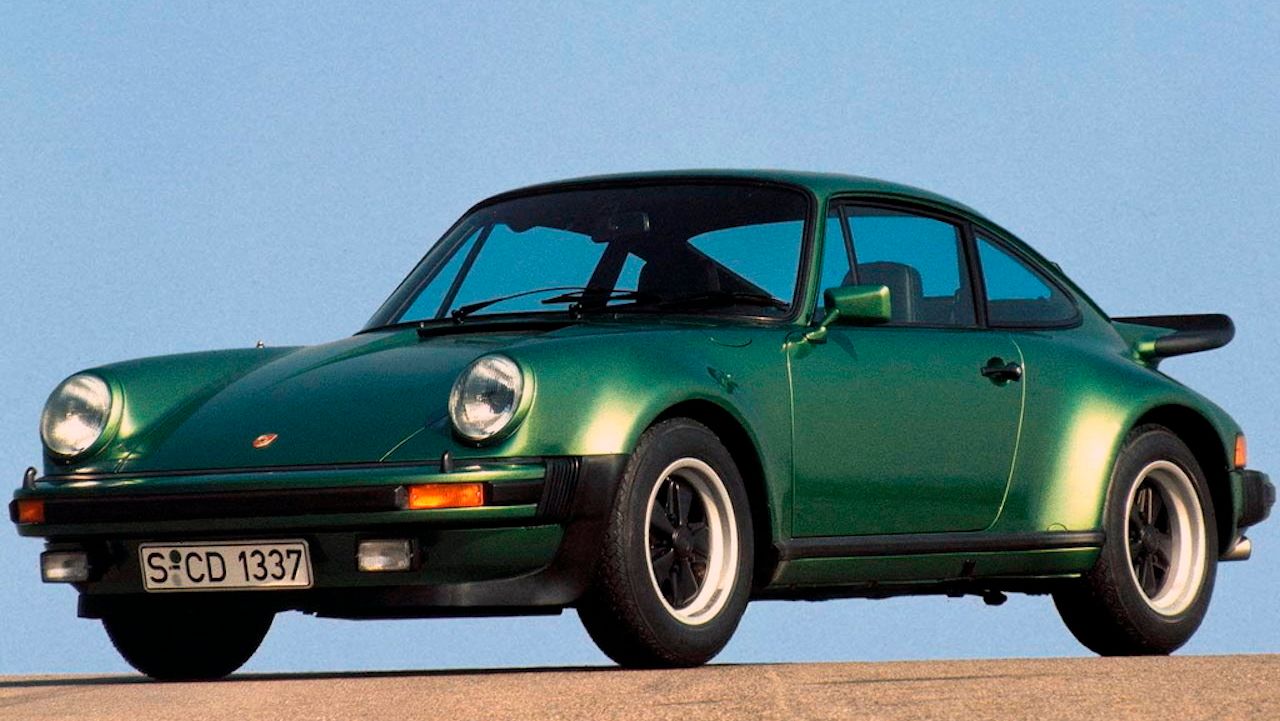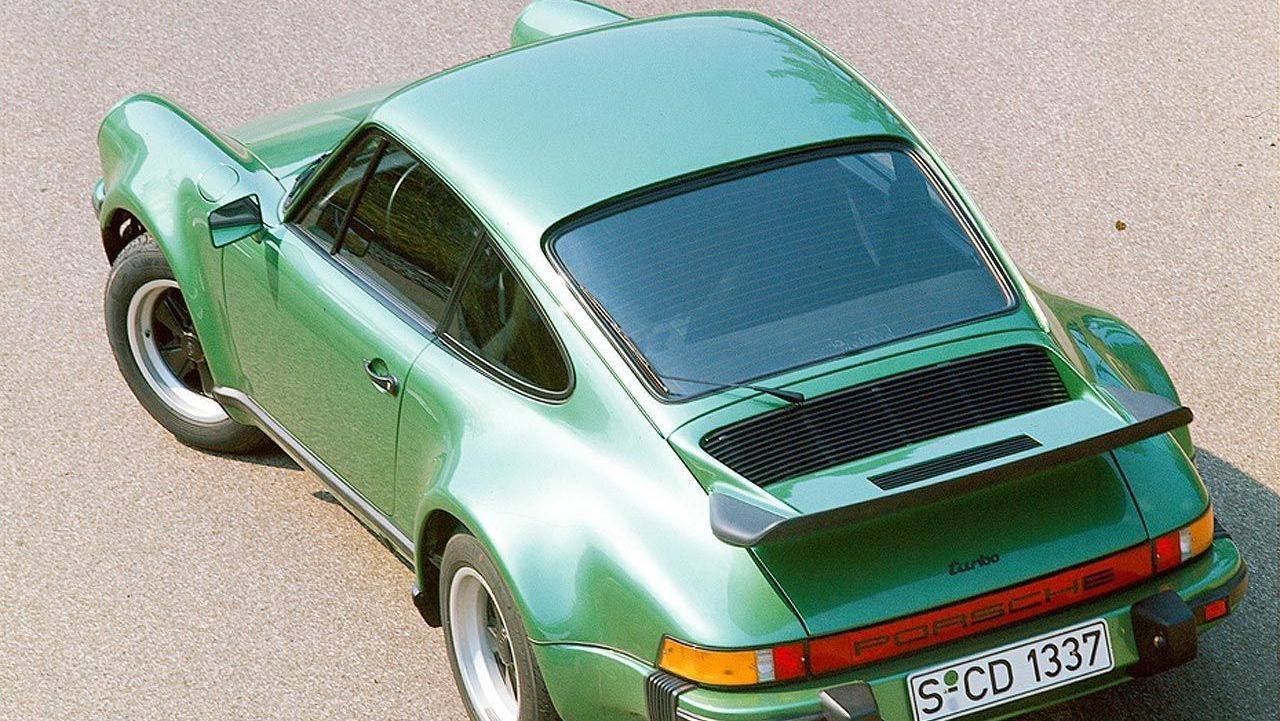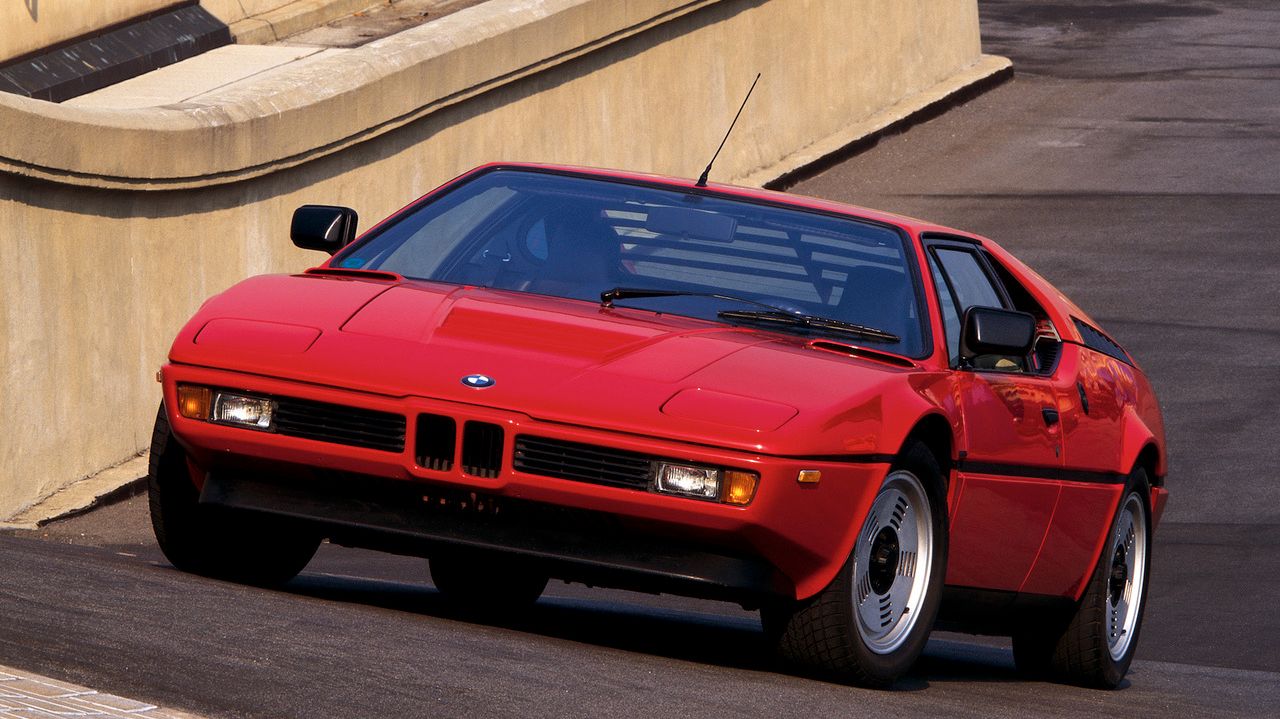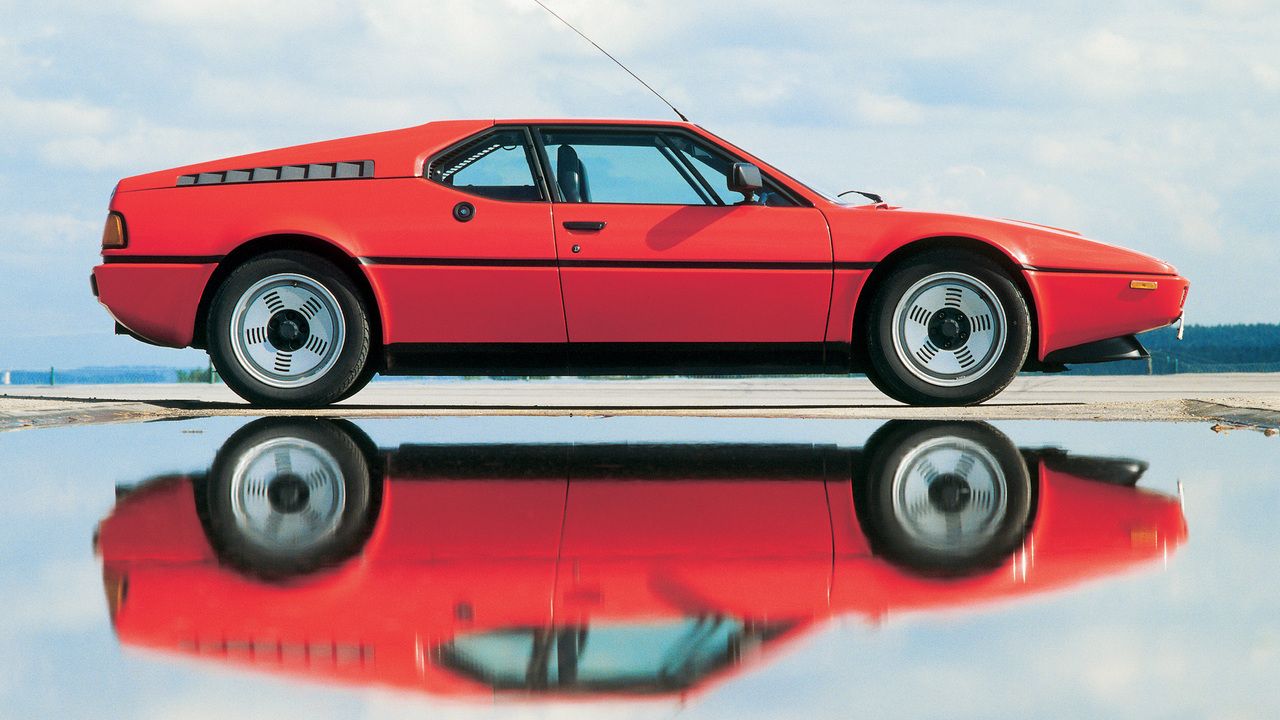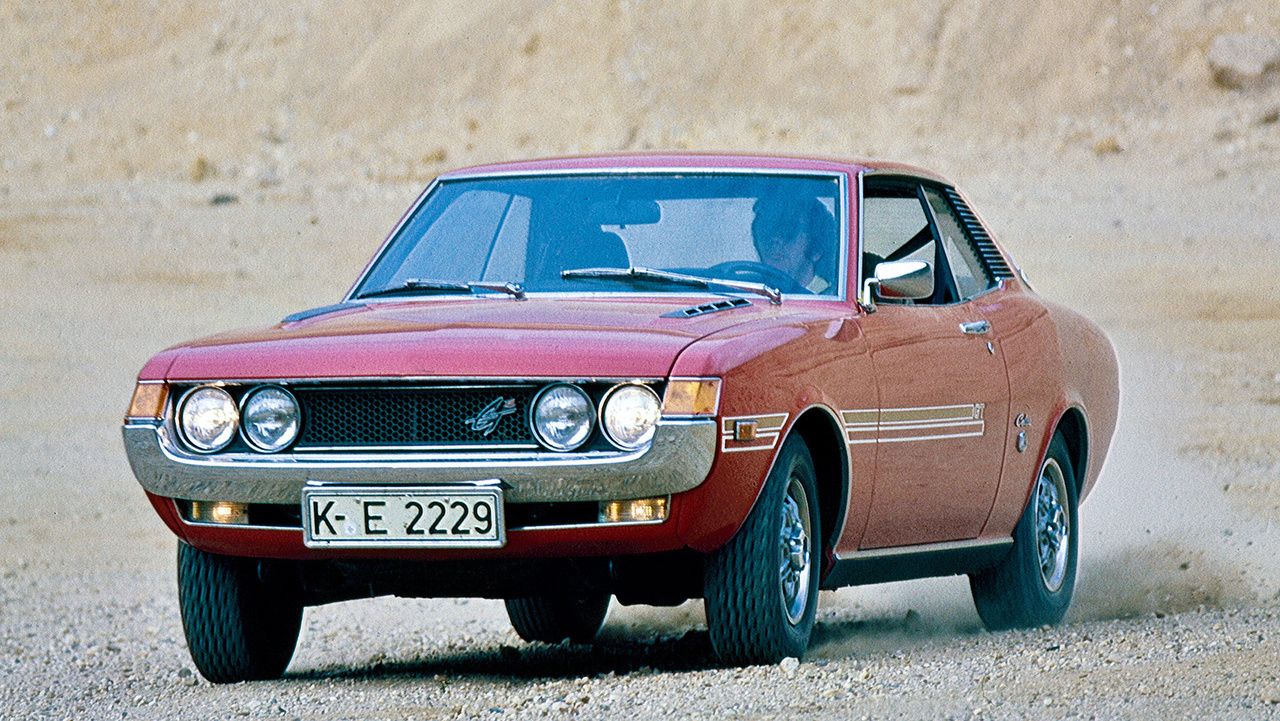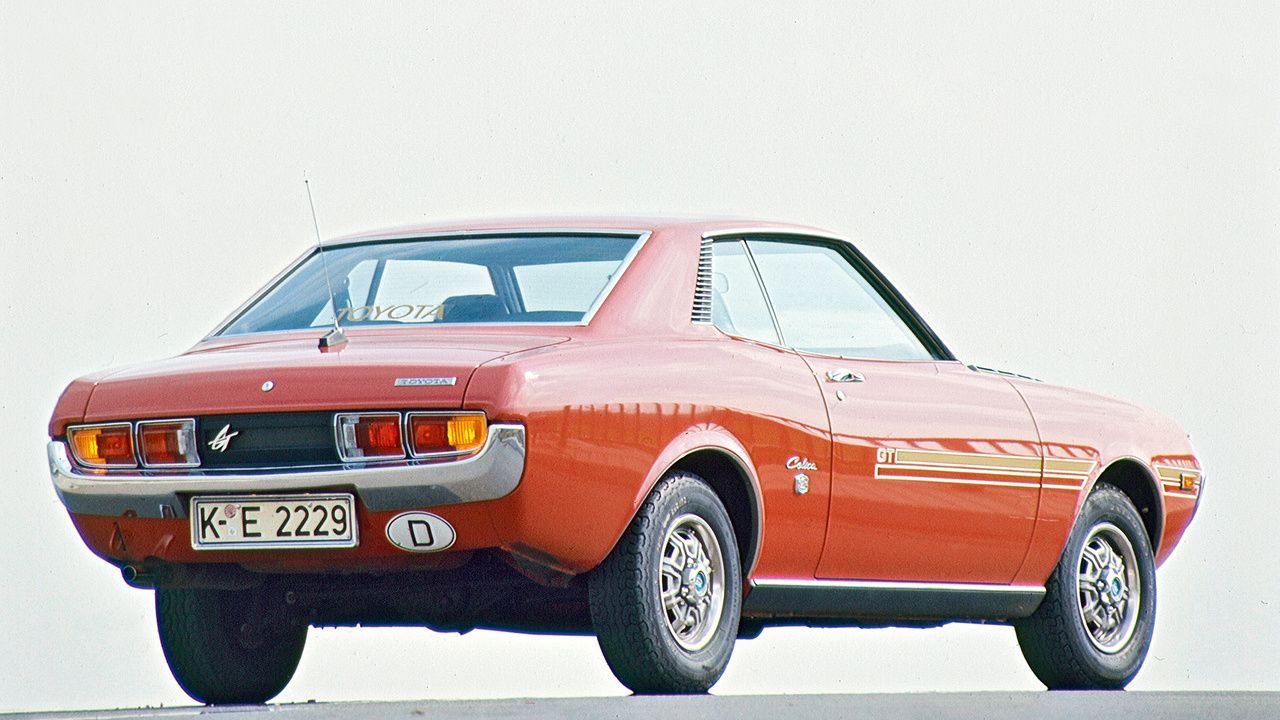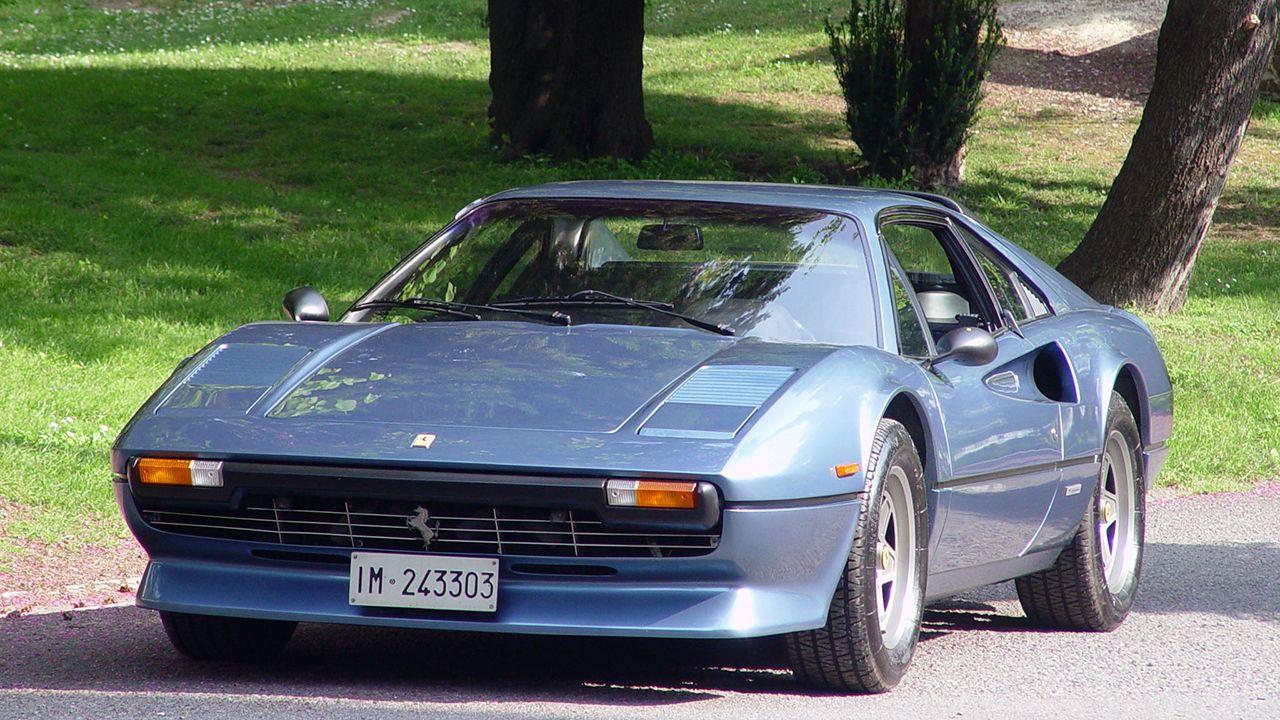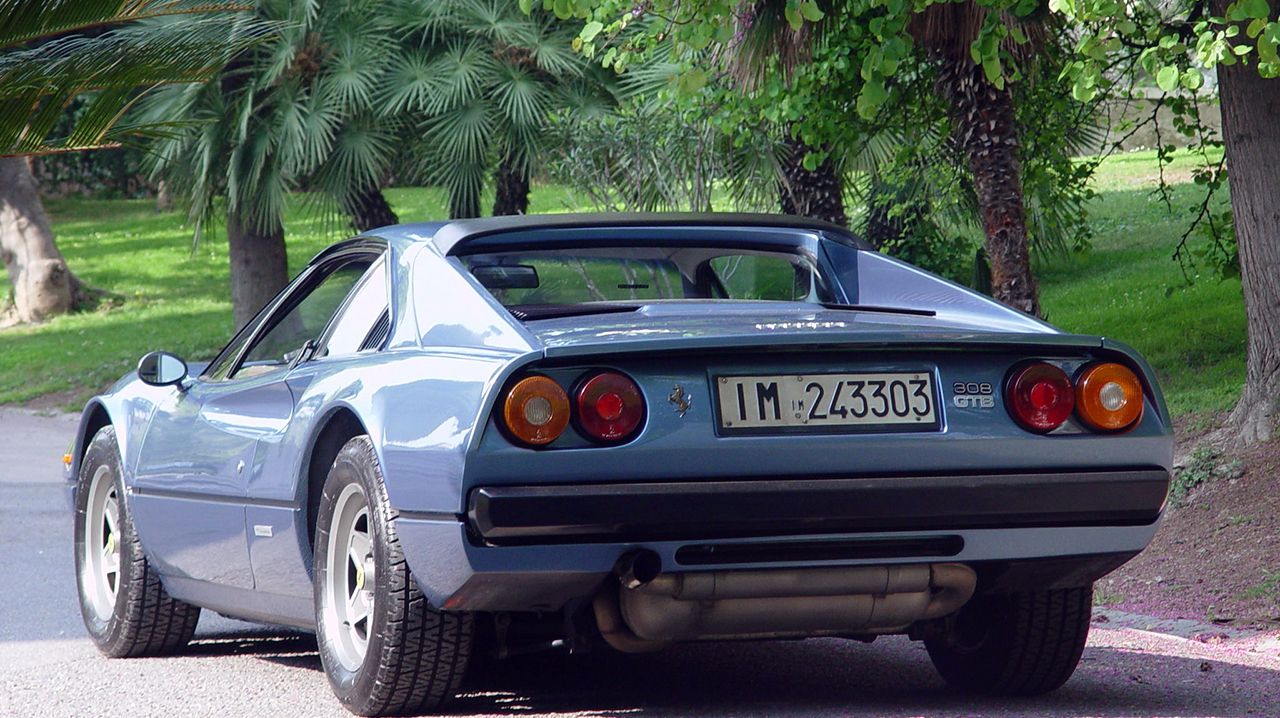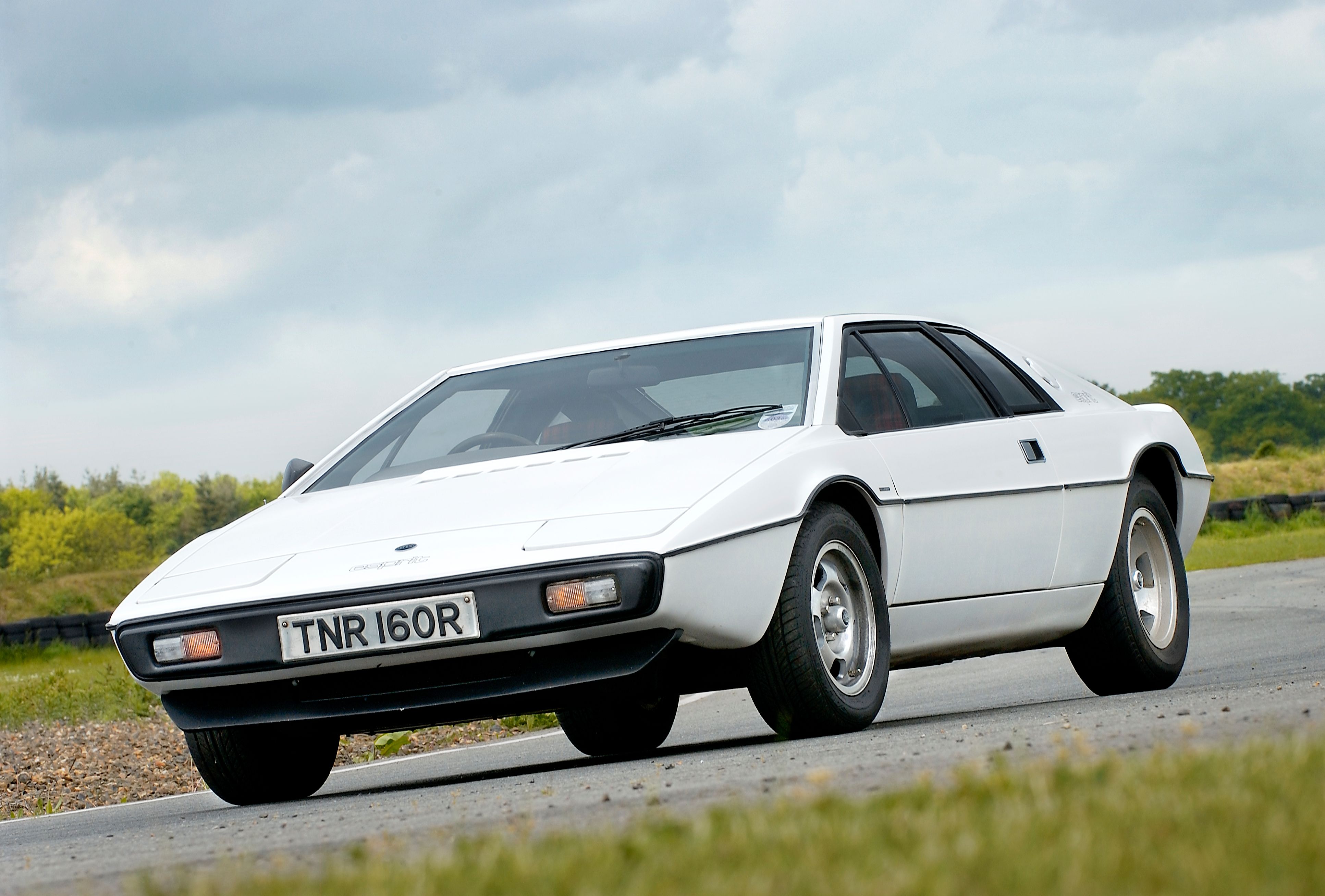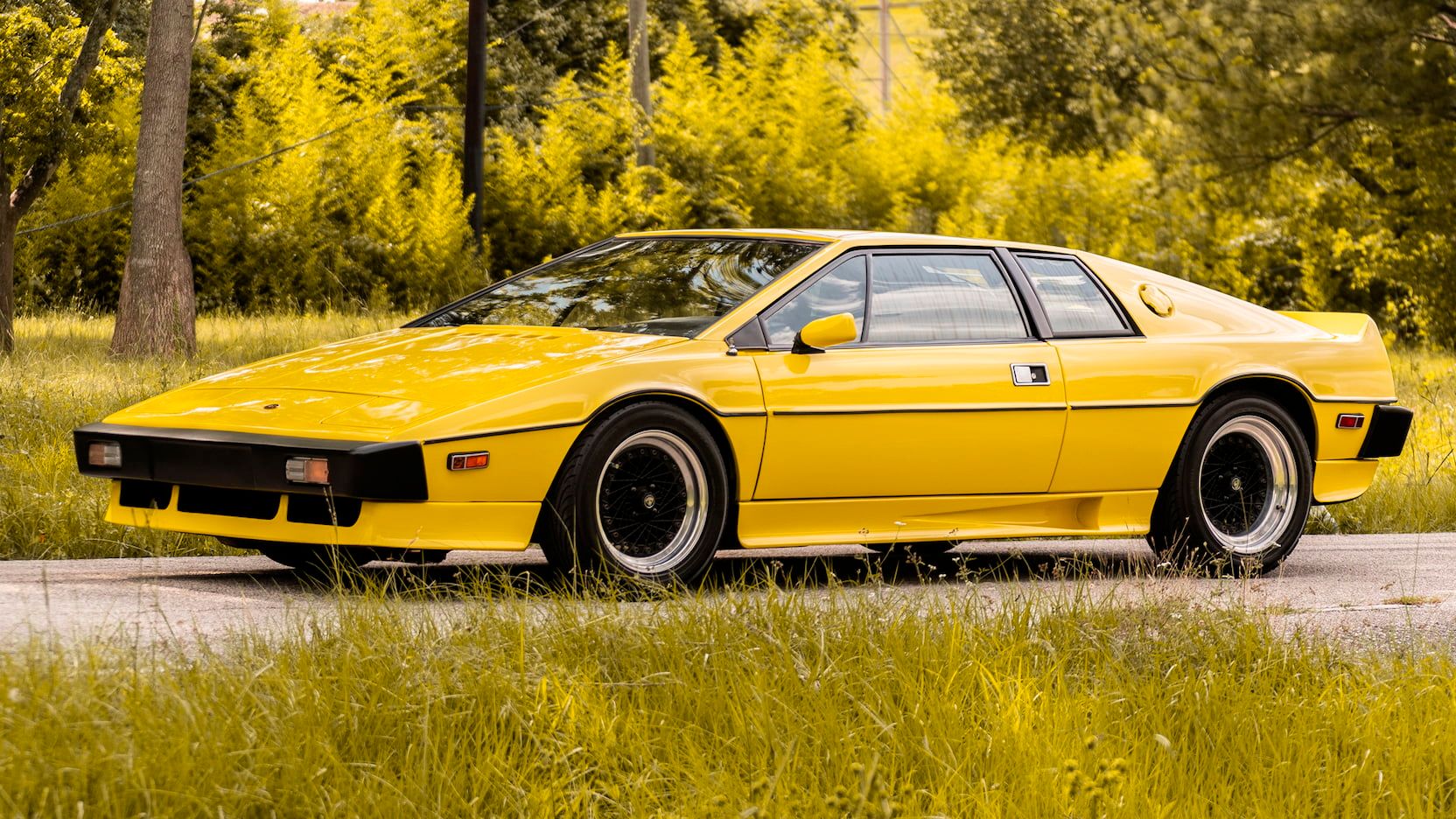The 1970s brought many challenges to the automotive industry. The oil crisis in 1973 led to greater governmental intervention in the manufacturing process and emission regulations. Following the post-war boom in the 1950s and '60s, car manufacturing rapidly increased, car ownership was more attainable and people wanted the latest and greatest. The fuel shortage, coupled with the recession, caused production to drop and demand for thirsty vehicles fall.
In the American market, in particular, Japanese and European models became more appealing as they were comparatively more fuel-efficient. Some '70s imports were basic, boring, and left buyers unsatisfied compared to their large powerful domestic models. Despite the market conditions, some truly iconic classic cars were produced in the '70s, and here are 10 of the absolute best.
10 Lamborghini Countach LP400
The Countach was unveiled at the 1971 Geneva motor show, where it received a frenzied reception. Shortly after the show, the prototype was destroyed delaying the car's development.
The Lamborghini Countach sported an iconic wedge-shaped design penned by legendary Giorgetto Giugiaro. The 0-60 mph run took 5.1 seconds and the car's top speed was 186 mph.
9 Aston Martin Vantage V8
Regarded as one of Britain's first supercars, the Vantage V8 is an iconic period Aston. The V8 engine it is named after produces 385 hp, enough to enable a 0-60 mph time of 5.2 seconds and a top speed of 170 mph.
The saloon version was the world's fastest 4 seater production car, making it not only fast, but practical. Just like its DB5 sibling, the Vantage V8 has made appearances in the James Bond films, notably The Living Daylights and No Time To Die.
8 Range Rover
Released in 1970, the original Range Rover was designed to appeal to a more upmarket audience than other models of the time. The car was initially only available as a 3 door model, this followed on from the prototype "Velar," as it was known. It wasn't until 1981 that a larger, 5 door model was released.
The car was still meant to be a practical workhorse, a plastic and vinyl interior allowed easy cleaning, and permanent 4-wheel drive enabled it to get off-road. A 3.5 liter Buick derived V8 could be found in the engine bay at launch.
7 Mercedes-Benz G Class
A competitor to the Range Rover, the Mercedes G Class or G Wagen as it is more commonly known was released in 1979. The G was a collaboration between Mercedes-Benz and Austrian military manufacturer Steyr-Daimler-Puch. Initially, it was known as the Geländewagen, which, in German means cross-country vehicle.
The early models were utilitarian and didn't offer much in the way of comfort, upmarket transformation began in the 1980s to allow Mercedes to produce a rival to the Range Rover. Considering the exterior, very little has changed to this day. The original G Wagen is a truly iconic design.
6 BMW 2002 Turbo
BMW produced the 2002 between 1968 and 1975, and around 400,000 were built. The name signified the car's 2.0-liter engine and 2 doors. In 1973, BMW released the "Turbo" variant of the car which utilized an exhaust turbocharger and was a pioneer of this technology.
The turbo improved the car's performance enabling a 131-mph top speed. It churned out 170 hp and 0-60 mph took 7 seconds. The base engine the turbo was added to was a 2.0-liter, 4-cylinder unit named M10.
5 Porsche 930/ 911 Turbo
Porsche produced the 930 between 1975 and 1989. The car was widely known as the 911 Turbo and was the highest specification variant of 911 available. When the car was unveiled, it was the fastest German production vehicle.
Initially, the 930 was available with a 3.0-liter turbocharged boxer engine. In 1978, a 3.3-liter engine was added to the range. The original car produced 260 hp and 0-60 mph took 5.7 seconds
4 BMW M1
The M1 E26 was manufactured by BMW between 1978 and 1981. A 3.5 liter inline 6 cylinder petrol producing 274 hp can be found under the hood. The M1 was one of the first mass-produced mid-engined sports cars, the top speed was 163 mph, and a 0-60 took 5.6s.
The M1's original design brief was to produce a Porsche rivaling race car. In order to compete in Group 5 racing, a certain number of cars needed to be produced to allow FIA homologation. As BMW did not have the production facilities required, head of motorsport Jochen Neerpasch commissioned Lamborghini for the purpose. Lamborghini was unable to fulfill this and part-produced cars were consequently sent to Baur in Germany.
3 Toyota Celica
Released in 1970, the Toyota Celica is an iconic 70s Japanese sports car. The Celica aimed to compete with American muscle cars such as the Ford Mustang and Chevrolet Camaro.
Initially available as a notchback only, a liftback was released worldwide in 1976. There were a number of engine options available, the first American models were fitted with a 1.9 liter initially before a 2.0 liter and 2.2-liter engine were later released. The 1.9 produced 97 hp enabling a 0-60 mph time of 11.5 seconds.
2 Ferrari 308 GTB
Designed by iconic Italian design house, Pininfarina, the 308 GTB is a great-looking car. The 308 GTB was released in 1975 and was the first Ferrari to have a predominantly fiberglass body.
In the engine bay, is a 2.9 liter V8 producing 255 hp in the European version and 240 hp in the US version. The difference between the two is due to stricter emission regulations in the US and a resultant de-tuning. With a rear-wheel-drive configuration, the car's top speed is 157 mph with a 0-60 mph time of 6.7 seconds.
1 Lotus Esprit
Perhaps most famous for appearing in the 1977 James Bond film "The Spy Who Loved Me", the Lotus Esprit launched just one year earlier. The striking design has meant even to this day, the Esprit is regarded as one of the brand's most iconic cars. The 0-60 mph run took 7 seconds and the top speed was 137 mph.
Designed by renowned Italian designer Giorgetto Giugiaro, the car is in good company with many other iconic vehicles. Giugiaro also designed the DMC DeLorean, BMW M1, and Maserati Ghibli amongst many others.

